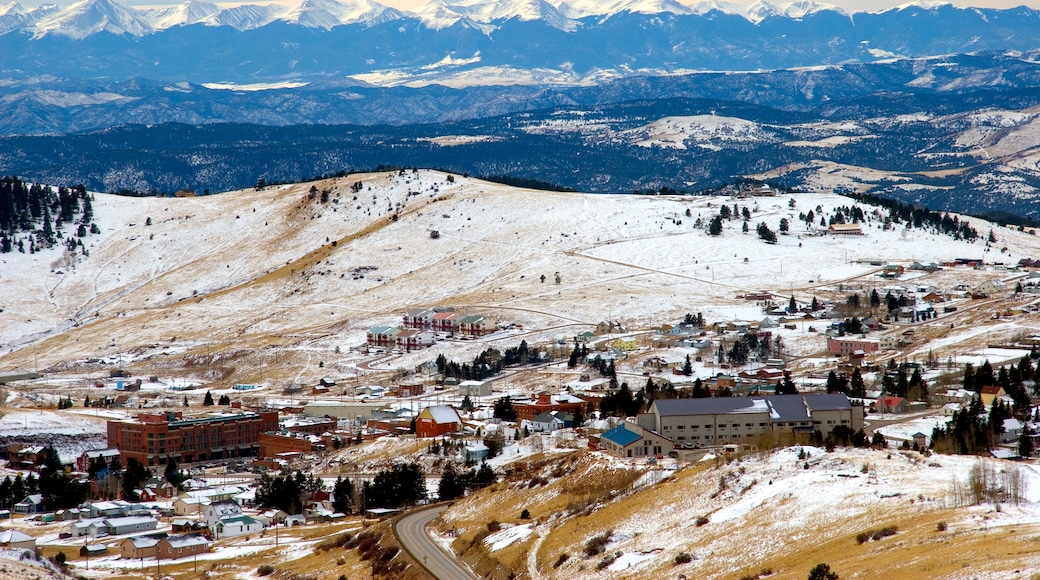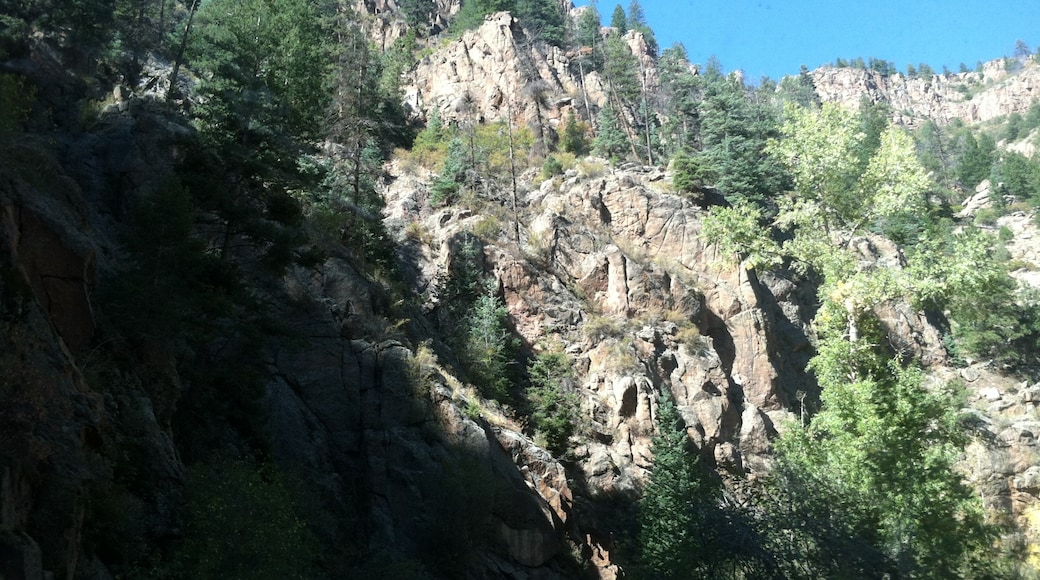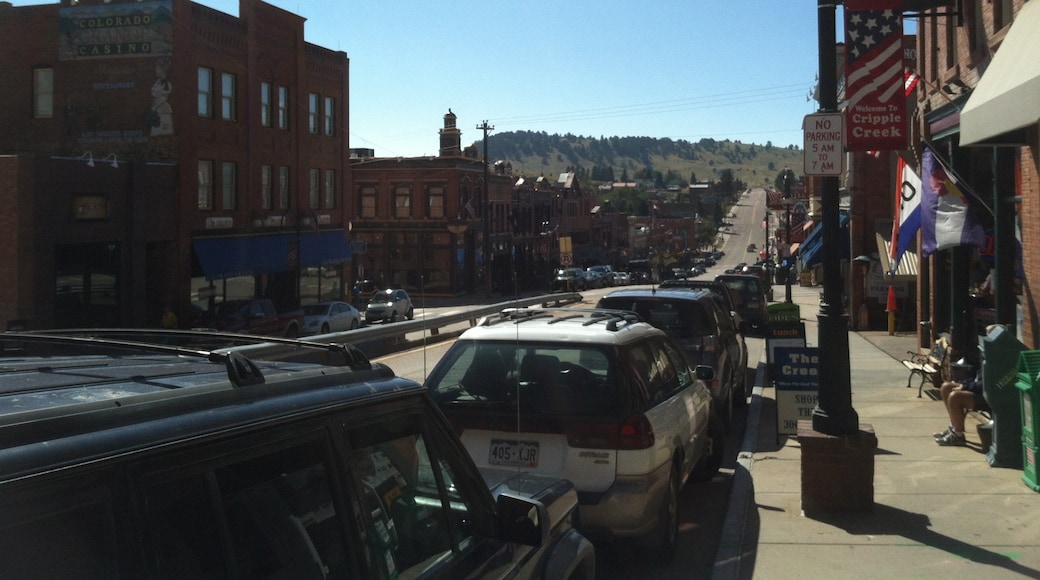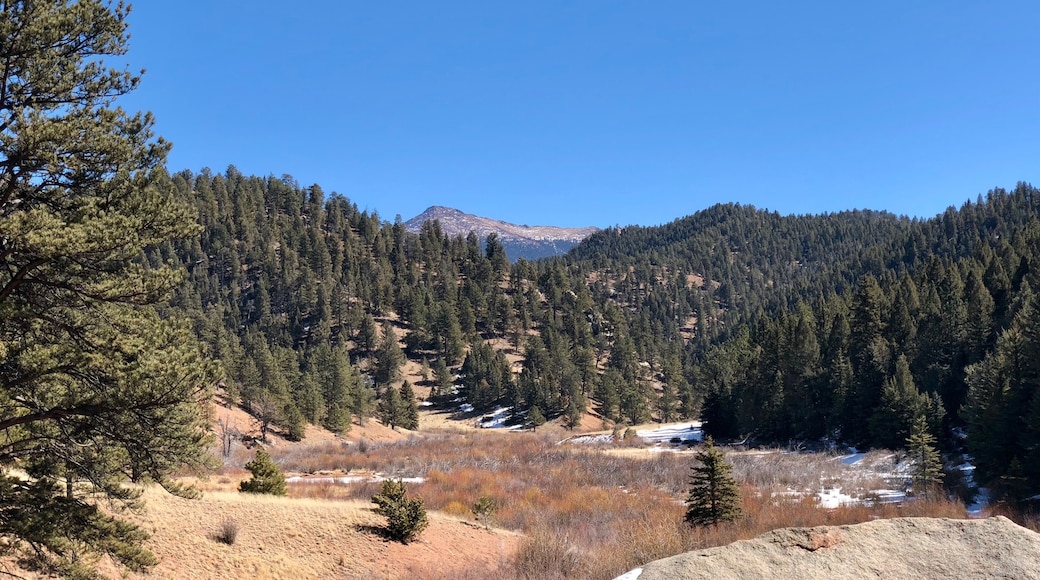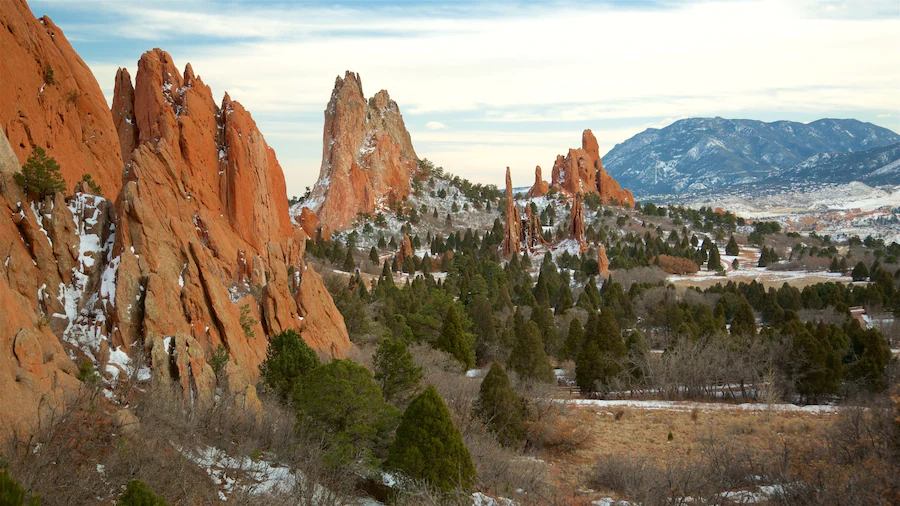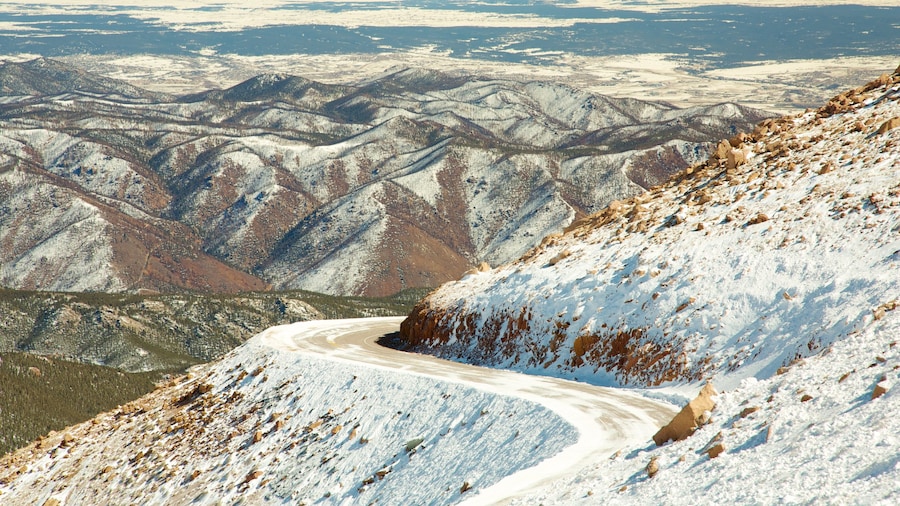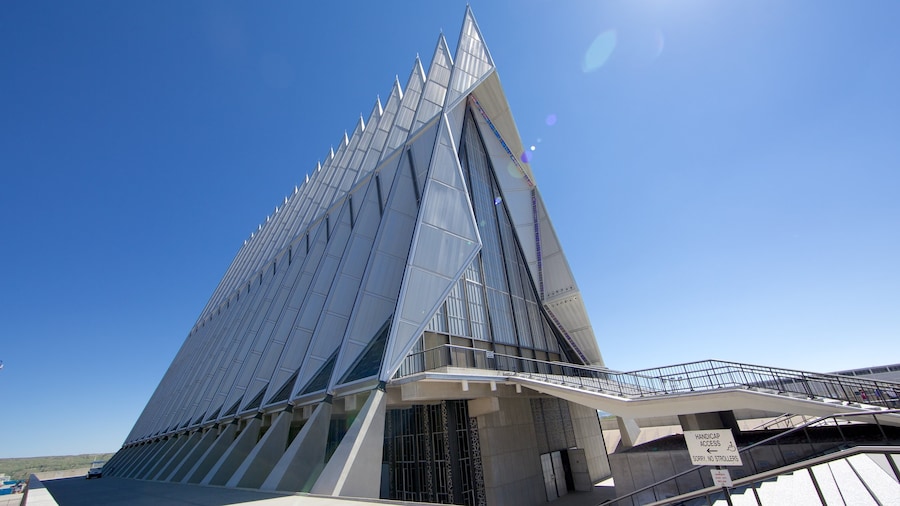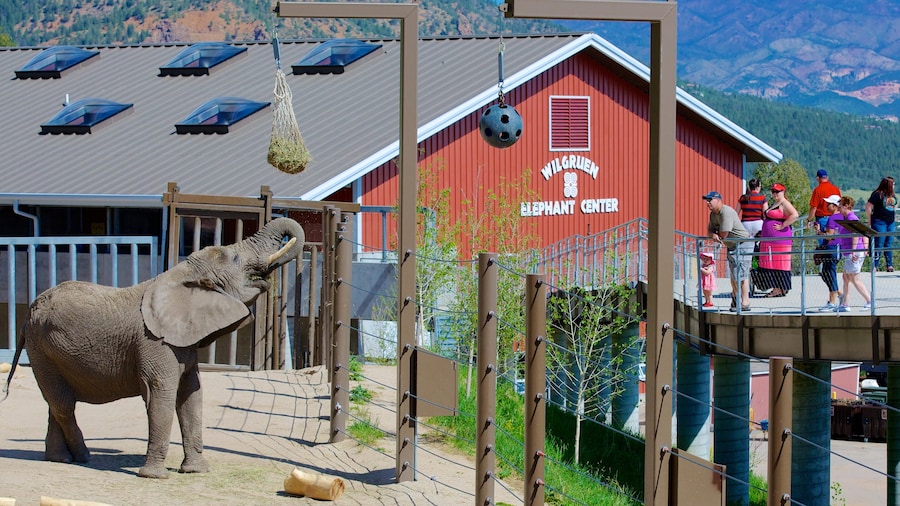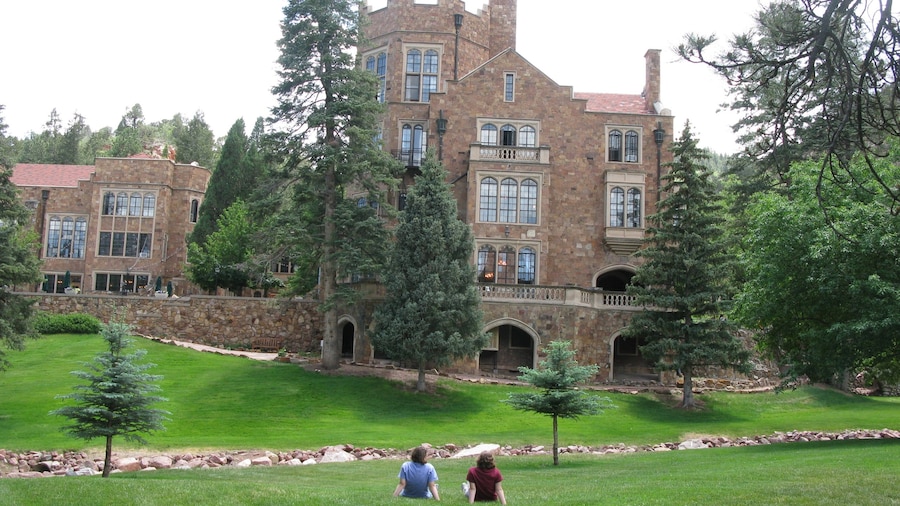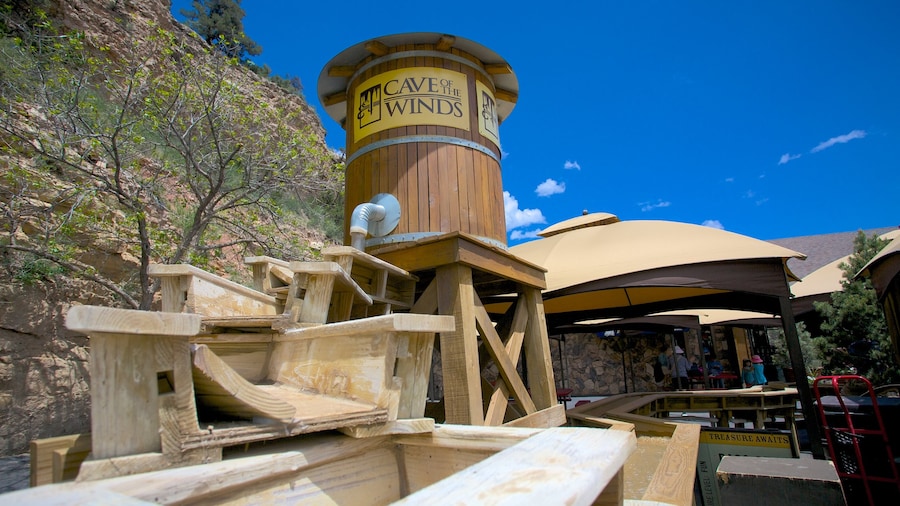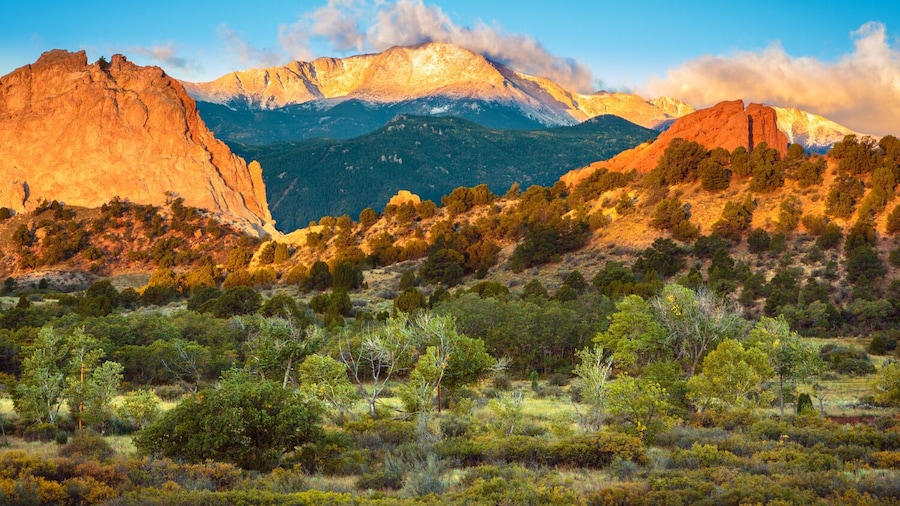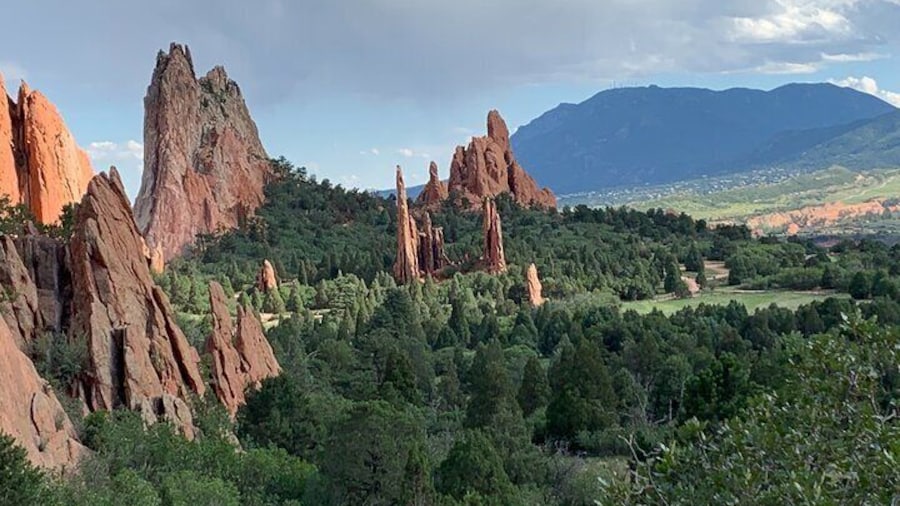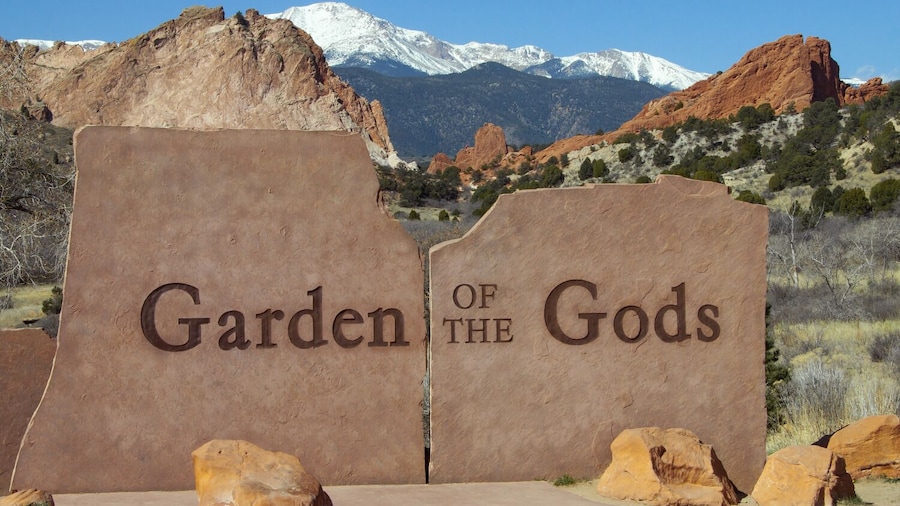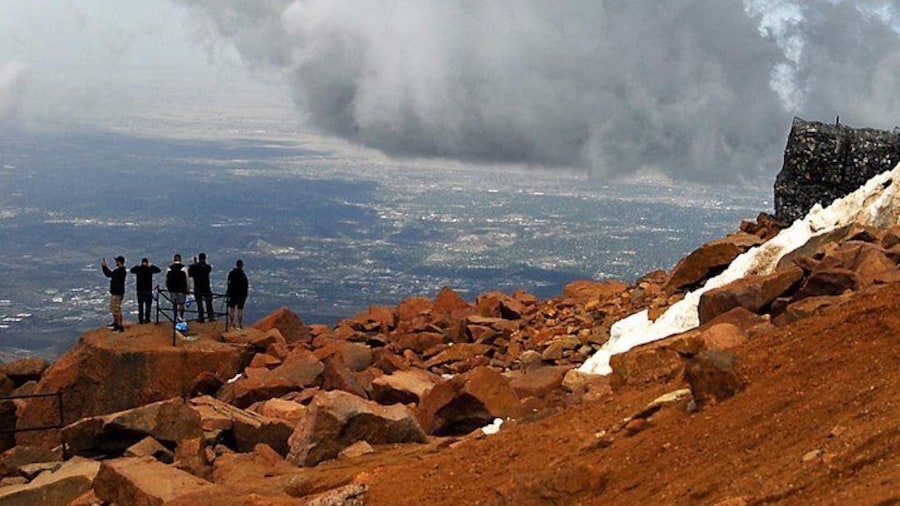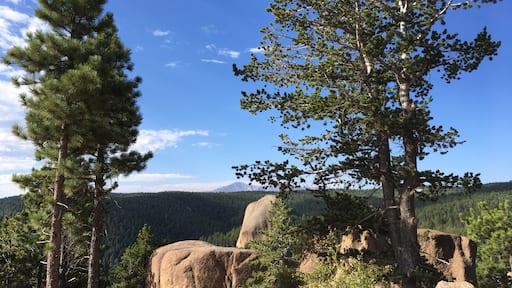The city of Cripple Creek is a former gold mining camp at the foot of Pikes Peak. The picturesque place sits in a valley and is surrounded by the Rocky Mountains. Explore the spectacular scenery and relive the past in Cripple's Creek's museums and historical attractions.
Toward the end of the 19th century, gold discoveries in Cripple Creek heralded the start of last great Colorado gold rush. Now, the allure of the abandoned mines attracts thousands of visitors every year. Visit the Mollie Kathleen Gold Mine and journey 1,000 feet (305 metres) underground to see gold veins, ride an air powered train along a mine rail and look at old mining equipment.
To learn more about the Cripple Creek’s mining heritage go to Victor's Gold Camp Ag & Mining Museum. If you want to discover more about the city’s past, listen to tales of infamous outlaws of the Wild West at the Cripple Creek Jail Museum. Climb inside original cells, study police logs from the 1890s and read original newspaper stories about the lawless. The darker side of Cripple Creek’s early years are explored in the Old Homestead House Museum, once one of the town's numerous brothels.
See some of the city's natural attractions with a ride on the Cripple Creek and Victor Narrow Gauge Railroad. A steam-powered locomotive takes you on a 4-mile (6.5-kilometre) round-trip into the Rocky Mountains, past abandoned mines.
Hikers and bikers can explore the area’s many trails, including the Gold Camp Trail. Bring your camera for the wildlife spotting opportunities. Among the animals that can be seen in the terrain around the city are mountain lions, mule deer, elks, black bears, coyotes and raccoons.
Cripple Creek also has many attractions to keep you entertained in the evening. Dine in a candle-lit restaurant, watch a show at the Butte Theatre and try your luck at one of the casinos.
Cripple Creek is approximately 40 miles (64 kilometres) west of Colorado Springs. Leave some time in your stay to look at its sister city of Victor. The mining town is a short drive away and features many late 19th-century structures.

